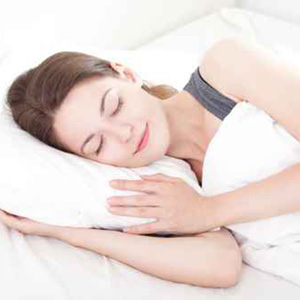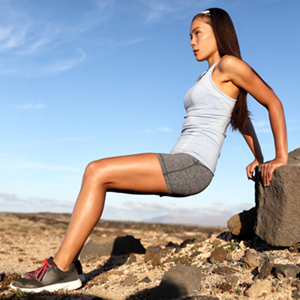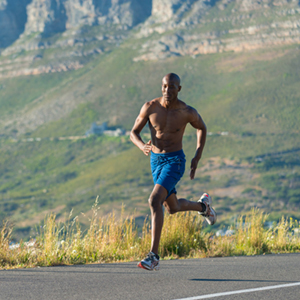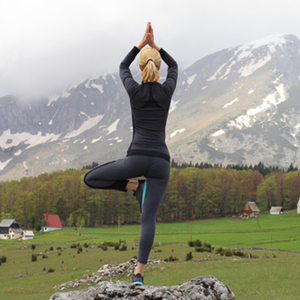Our specialties are included below. We also supplement these treatments with other PT Services that prevent or aid in recovering from physical ailments.
80% of the population will experience back pain at some point in their lifetime. Neck pain is almost as prevalent. With physical therapy intervention, most patients will be able to avoid more aggressive interventions such as surgery.
Symptoms may include:
- Radiating Pain
- Tingling, numbness, weakness
- Dizziness, vertigo, visual disturbances
- Walking Difficulties
- Balance issues
- Bowel/bladder control issues
- Fever or chills
Commonly, back and neck pain is aggravated by our day-to-day postural habits. Brief periods of bad posture will be forgiven by the body, but making bad posture a habit may leave you prone to future injuries, limiting your range of motion and your ability to do things like reach overhead, squat, bend, and lift. Physical therapy will help you learn to correct your posture and educate you as to what normal posture entails.
Your physical therapist will help you relieve your neck and back pain and restore movement. Whether you have had surgery or not, physical therapy is key to your healthy recovery. Physical therapy includes both passive and active treatments. Passive treatments help to relax you and your body. They also prepare your body for therapeutic exercise and movement training, which is the active part of physical therapy.
Knee pain can be caused by arthritis, excessive foot pronation or overuse of the muscles that protect this vulnerable joint and can affect people of any age.
Most chronic knee pain is avoidable. Research published in the New England Journal of Medicine suggests that exercise and physical therapy are just as effective as surgery for relief from chronic knee pain related to arthritis. Learning to strengthen and stretch key muscles that support the knees, and other ways to protect and take care of our knees, can ultimately prolong the health of this vital body part.
If you’ve undergone surgery, you’re more than likely experiencing pain, swelling, a loss of motion and bruising. The exercises a PT will have you do will help you to move the limb as far as possible and improve your healing time while increasing your ability to move. Exercises that help restore movement to the joint can also help prevent re-injury. Moving after surgery is one of the most important things you can do to regain a good level of activity by improving the blood circulation to your injury. With assistance from the circulatory system, you’ll find decreased swelling following an operation by removing the fluid that builds up in your body as well as faster healing.
The physical therapy your physician prescribes after surgery is a key part of your recuperation. Some of the benefits of physical therapy after your operation include healing properly, regaining mobility, recovering faster, and your involvement in your own rehabilitation.
The jaw joint, or Temporomandibular Joint (TMJ), is where the jaw bone hinges to the skull at the temple, just in front of the ear. Signs and symptoms of a TMJ Disorder or TMD may include:
- Pain or tenderness of your jaw
- Jaw pain that may be mistaken for recurring tension headaches
- Aching pain in and around your ear
- Difficulty chewing or pain while chewing
- Aching facial pain
- Locking of the joint, making it difficult to open or close your mouth
- Clicking sound or grating sensation when you open your mouth or chew
This issue is common with about 1 in 4 people have symptoms in the jaw joint at some time in their lives.
The shoulder is made up of 3 bones called the humerus, the scapula, and the clavicle as well as tendons and ligaments. The acromion is the bony ‘bump’ at the top of the shoulder. The bursa is a fluid-filled sac that provides a cushion between the bony acromion and the rotator cuff tendon.
Shoulder pain can result from the following causes:
- Repetitive overhead movements
- Injury that results in the shoulder being compressed
- Abnormalities of the acromion
- Osteoarthritis in the shoulder region
- Poor rotator cuff and shoulder blade muscle strength
- Thickening of the bursa
- Thickening of the ligaments in the area
- Tightness of the soft tissue around the shoulder joint
It is important to get proper treatment for shoulder pain as soon as it occurs. Secondary conditions can develop in the shoulder tissues, including irritation of the bursa and rotator-cuff tendinitis or tears. Physical therapy can be very successful in treating shoulder pain. Our physical therapist will happy to create a treatment plan that is specific to your condition and goals.
Research consistently shows that the following contribute to most ankle and foot pain complaints:
- Shoes with poor foot support or with a narrow toe box
- Ankle sprains
- Foot and ankle fractures
- Ligament and tendon ruptures
- Poor flexibility
- Tight calf muscles
In general, a lack of hip and core strength and stability alters the way our foot hits the ground and can lead to abnormal mechanical stresses. Our bodies function best when we have the appropriate overall balance of strength and flexibility.
Common treatments for ankle and foot pain include the following:
Along with skilled manual therapy, individualized stretching and strengthening and patient education we may incorporate methods such as taping, heat or ice, electric stimulation and iontophoresis.
We also offer video gait analysis with state of the art software to analyze your gait pattern and provide recommendations on appropriate shoe wear for your particular situation.
Motor vehicle crashes can have devastating effects on many different parts of the body. In a violent car accident, it’s not uncommon to see severe whiplash, fractures, muscle strains and tearing, back pain, injuries to the neck, shoulders, knees and other extremities. Physical therapy is important in reducing stiffness and improving range of motion, while also aiding in overall recovery.
Physical Therapy Evolution is focused on helping you get back to your normal routines and way of life as quickly as possible. By using manual therapy and soothing, therapeutic techniques in the early stages of injuries, we can help you get back to your life as quickly as possible, while reducing pain and ensuring long term relief from injuries and disability.
Physical therapy plays a key role in the rehabilitation of people who have received a total joint replacement of the knee, hip, or shoulder. Likewise, joint replacement physical therapy can benefit people who are limited in their movement due to joint pain from all types of arthritis.
Joint replacement physical therapy starts before surgery and ultimately helps restore range of motion, strength, mobility, flexibility, endurance, self-care skills, and the ability to perform prior activities.








